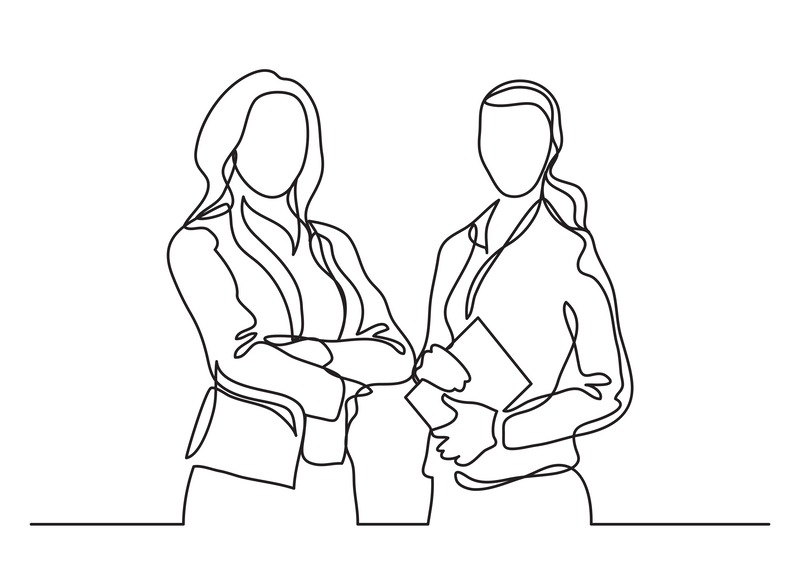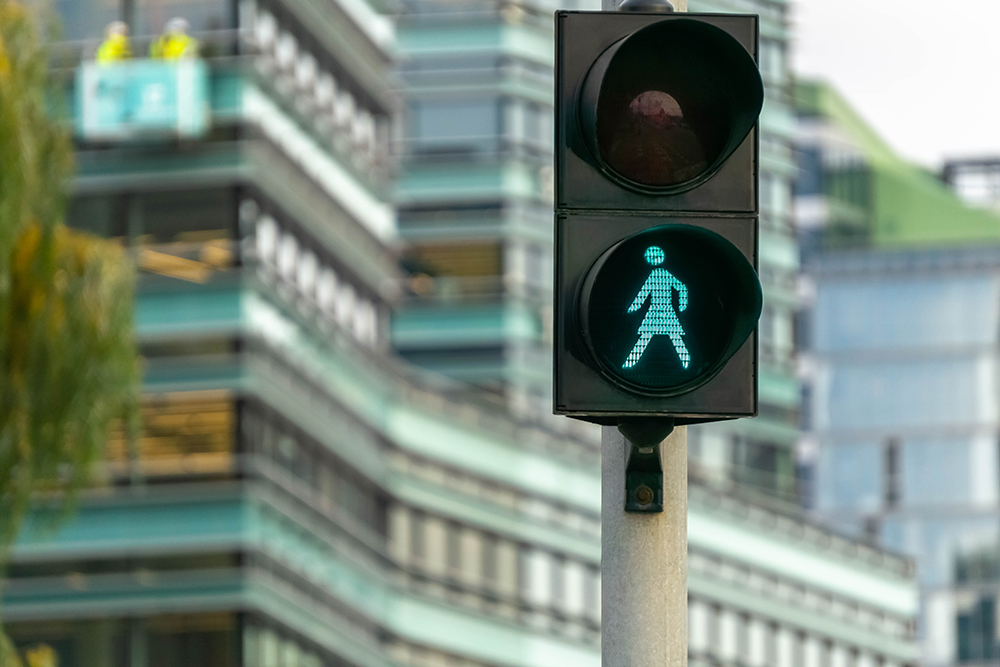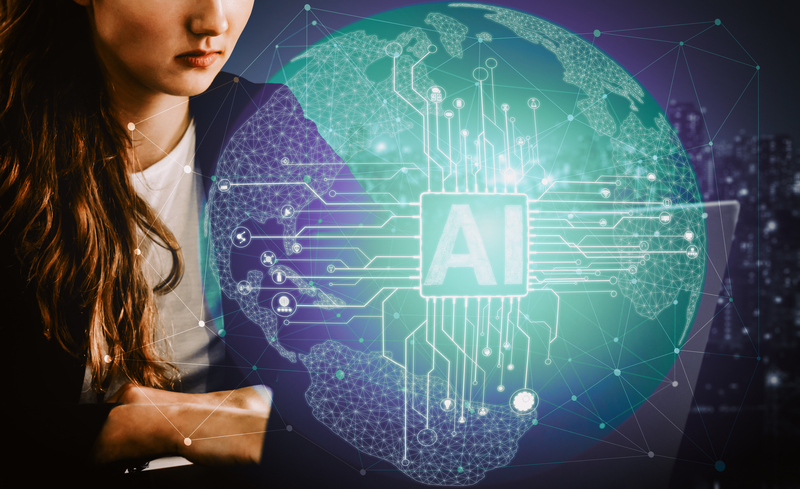
At last year’s ITS World Congress in Dubai, Ertico – ITS Europe organised a session called Global Voices of Women in ITS.
Covering topics such as confidence, representation and ensuring that everybody has a voice, it contained some insightful nuggets. For instance, if she feels unconfident about speaking at an event, Paula Claytonsmith of Local Council Roads Innovation Group tells herself that she needs to be visible: "If there's a young woman in the audience, they can't be what they can't see."
Meanwhile Susan Harris of ITS Australia always urges women to be willing to grab opportunities when they come and not to say 'no'. The reason? "Because the bloke next to you is going to say 'yes'!"
And finally, Diana Willert of Yunex Traffic revealed that her answer to 'mansplaining' is to say: "Thank you very much for repeating what I just said because it's always better to hear things twice."
A few months on, ITS International asked the women who took part to reflect once more on a few questions, such as:
What are the challenges for women in ITS - and how do we overcome them?
What practical measures would help?
What can the ITS industry as a whole do?
 Agne Vaitekenaite, head of partnership and advocacy, Ertico
Agne Vaitekenaite, head of partnership and advocacy, Ertico
Women in ITS face significant challenges, including underrepresentation, lack of women in leadership positions, and unconscious bias. Underrepresentation can lead to a lack of role models, which can be addressed through mentorship programs, and encouraging STEM [science, technology, maths] education. The lack of women in leadership roles also limits their influence and diversity in decision-making. This can be mitigated by providing more leadership training opportunities for women and inclusive hiring strategies. Although the level of awareness of the issues has increased during the last years, unconscious bias remains a prominent challenge and is often a root cause of the other issues. To minimise the impact of unconscious bias, it is crucial to have diverse decision-making teams and leadership within organisations. Addressing the challenges faced by women in ITS requires practical measures at both global and personal levels. Globally, it is important to promote gender equality, drive global initiatives and awareness campaigns to change societal attitudes. On a personal level, I believe it is important for women to build strong professional networks, to have a strong support system, seek mentorship, and advocate for themselves and other women by voicing their achievements and seeking leadership roles. It is not easy, but at the same time, I enjoy the challenge. Working towards creating a more equitable and supportive environment for women in ITS is both an important and rewarding journey which is necessary for the advancement of the industry.
 Susan Harris, CEO, ITS Australia
Susan Harris, CEO, ITS Australia
As an established leader in the transport technology sector, I am privileged to have some opportunity to help shape our sector. I am passionate about helping to improve diversity in our sector so we can have a wide range of faces and voices contributing to solve our transport challenges. Gender diversity is often targeted as a priority. At ITS Australia we continually strive to raise the profile and visibility of women in our industry. We are conscious of diversity in our leadership roles and speaker line up and look to provide a supportive, encouraging environment for young women to grow their presentation and leadership skills. Prioritising diversity may mean not always targeting the most senior person for a particular role, but the result ultimately adds interest and creates a more welcoming space for everyone. I am a great believer in supporting flexibility across the workplace to normalise this for all employees – flexibility might be helpful to care for family, ageing parents, pets or maybe a passion project as someone is headed to retirement. We still need to get the job done, with the interesting roles also being the busy ones, but having flexibility to balance personal activities amongst our work lives can create improve engagement and wellbeing for us all.

Diana Willert, SVP sustainability, Yunex Traffic
Women in the ITS sector face several challenges, including underrepresentation, gender bias and limited access to leadership roles. These challenges are often compounded by a lack of mentorship and networking opportunities, which are crucial for career advancement. Additionally, the perception that ITS is a male-dominated field, combined with the lack of female role models in the industry, can discourage young women from pursuing careers and establishing themselves in this sector. To overcome these challenges, it is essential to foster an inclusive culture that values diversity and promotes gender equality. This can be achieved through targeted recruitment efforts, mentorship programmes, and creating platforms for women to share their experiences and insights. Encouraging male allies to support gender diversity initiatives is also vital. Furthermore, it is important to recognise that women often do not have the ‘loud voices’ in the room. We must ensure that all voices are being heard and valued, creating an environment where everyone feels empowered to contribute. Yunex Traffic is actively working towards gender equality by aiming for a 20% women’s quota in management positions by 2026 and ensuring that over 20% of new hires each year are women. Additionally, we have established a women's network with regular exchange and coaching sessions, facilitated by an external coach, which sees high participation and welcomes male colleagues, where topics range from assertiveness and career management to menopause in business. I personally act as a mentor towards women within the company and outside, which is incredibly enriching to see female talents grow and succeed. By addressing these challenges and implementing practical measures, we can create a more inclusive and diverse ITS industry.

Rita Bhandari, senior manager programme & knowledge integration, Ertico
The field of ITS was conceived to merge engineering and transport by integrating advanced technologies, such as sensors, data analytics, and communication networks, to enhance transportation efficiency, safety and sustainability. Unfortunately, engineering and transport have traditionally been career domains with one of the highest gender imbalances. Women have faced systematic barriers in these areas because of societal norms and gender stereotypes. Transport jobs have been viewed as too demanding for women. For possibly similar reasons, women have been discouraged to pursue professions in STEM. The good news is that this issue is being addressed, and labour shortages are getting governments and policymakers to take action across the world. Although women are increasingly embracing careers in ITS - which combines engineering, technology, business, and social and environmental factors - they are still widely underrepresented. This lack of representation is even more apparent in leadership roles. The ITS industry has a chance to set an example by scrupulously adopting diversity, equity and inclusion (DEI) frameworks within their organisations. What’s more, this diversity should be visible and discernible, particularly on the public stage, in fora, keynotes and panels. Girls and women choosing their professional paths must be able to see them as role models. Mentorship programmes would also be of great value. The goal of ITS is to serve the mobility needs of everyone at all times. User-centric mobility and transport systems can only be achieved if there is true representation at every step. ITS boasts a reputation and ambition of being futuristic. We must match our social and professional outlook with the current times.

Paula Claytonsmith, chief executive, UK Local Council Roads Innovation Group
One of the key challenges for women in the ITS sector—especially for young women or those just starting their careers—is the lack of visible role models across a range of roles. While there are many brilliant women in the field, they are sometimes less visible or not frequently in the spotlight. Stepping into the spotlight can feel intimidating, so it is crucial to help build confidence in women that find this intimidating and create supportive environments that make this process less daunting. There is a quote I love (though it is not mine): ‘You can’t be what you can’t see.’ It rings true—if women cannot see examples of others like them thriving in these roles, it becomes harder for them to imagine achieving those goals themselves. The industry can adopt simple yet effective initiatives to create more opportunities for women to thrive. For instance:
• Encourage, and allow scheduled time for participation in STEM outreach activities, such as careers days and school programmes
• Increase access or support mentoring schemes to guide women entering the field
• Create and support opportunities where women can showcase their roles, making the diversity of opportunities in ITS more visible
Some companies already lead the way in these efforts, but broader and widescale systematic adoption across the sector would make a significant impact. With its wide range of roles and exciting innovations, the ITS field has so much to offer—not just now but in the future. Highlighting these possibilities will inspire young people, career changers, and future generations alike to join the industry.
 Lidia Buenavida Peña, project manager, Ertico
Lidia Buenavida Peña, project manager, Ertico
The challenges for women in ITS (and STEM fields generally) are often rooted in systemic issues, such as unconscious bias, a lack of role models, and limited access to leadership opportunities. Women frequently face barriers to professional growth, including inadequate representation in decision-making positions and networking spaces. The industry’s fast-paced, technology-driven nature can also amplify existing inequalities, particularly when inclusivity isn't explicitly prioritised during innovation and policy design. One key area for improvement is ensuring women are included at decision-making tables, whether it’s an expert panel or a strategic meeting. Too often, the excuse is made that ‘there are no women experts on this or that topic’. This simply reflects a lack of effort to seek out and engage the many capable women in the field. Proactively identifying and inviting women experts is critical to dismantling this barrier. Practical measures include creating mentorship programmes to guide and empower women, supporting women-led initiatives, and fostering flexible working environments. Offering scholarships, mandating diverse panels, and setting benchmarks for gender equality in leadership roles can also make a tangible difference. Initiatives such as gender equality plans (GEPs), like the one Ertico is developing, are particularly impactful as they provide structured frameworks for organisations to identify gaps, but also best practices, implement strategies, and track progress toward greater equity. GEPs foster accountability and ensure that gender considerations are systematically integrated into hiring practices, workplace policies and leadership pipelines, paving the way for sustainable change. Ultimately, the ITS industry must recognise that fostering a culture of inclusivity is not just about fairness—it’s about driving innovation through diverse perspectives and creating solutions that better serve all members of society.
There will be a Special Interest Session on Women in ITS during Ertico’s ITS European Congress in Seville, which runs from 19-21 May
International Women's Day is 8 March 2025













